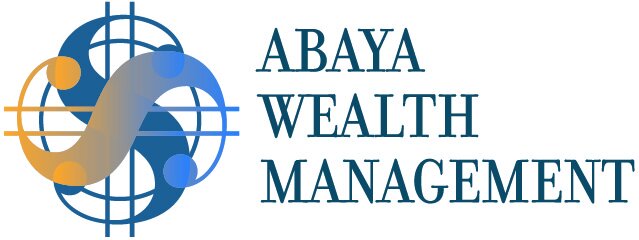Navigating Quarterly Estimated Taxes Like a Boss in Your Business Adventure
So, you've taken the plunge and started your own business—awesome! Running your own show brings a world of opportunities, but it also comes with extra responsibilities, like dealing with your finances. One critical aspect of financial responsibility for business owners is making quarterly estimated tax payments. Don't worry; I’m here to make it sound less intimidating. In this blog post, I’m diving into what those quarterly tax payments are, why they matter, how to figure them out, and tips for managing this aspect of your business finances.
What Are Quarterly Estimated Tax Payments?
Quarterly estimated tax payments are like mini tax installments that self-employed folks, freelancers, and business owners need to send Uncle Sam (and your state, too) throughout the year. Unlike regular employees who have taxes withheld from their paychecks, you're in charge of the tax game.
Why Should You Even Care About Quarterly Tax Payments?
1. Penalty Avoidance: Not making your quarterly payments or coming up short might lead to penalties and interest charges.
2. Smooth Sailing for Your Finances: Paying taxes bit by bit makes it easier to manage your money throughout the year — better cash flow management. No last-minute panics or wallets crying for mercy.
3. Stress-Free Tax Time: By paying taxes as you go, you won't be hit with a colossal tax bill, and possible penalty fees, at the end of the year. You'll have a clearer picture of your tax obligations and can make necessary adjustments as needed.
How to Calculate Your Quarterly Estimated Tax Payments
Calculating your estimated payments doesn't have to be a headache. Here's a simplified method to calculate your estimated payments:
1. Guesstimate Your Yearly Income: Start by ballparking your total annual income, including everything you make from your business.
2. Subtract Your Expenses and Deductions: Knock off your business expenses and any deductions you qualify for from your income. Voila, that's your taxable income.
3. Crunch the Tax Numbers: Use the current tax rates and brackets to estimate how much federal income tax you owe based on your taxable income. If your state has income tax, don't forget to factor that in.
4. Divide by Four: To figure out your quarterly estimated tax payments, divide your estimated annual tax bill by four. That's your target for each payment.
Handy Tips for Managing Quarterly Estimated Tax Payments
1. Keep Tidy Records: Record all your financial stuff, from money in, to money out. This will make it easier to calculate your estimated tax payments accurately.
2. Create a Tax Savings Stash: Open a special savings account just for your estimated taxes. After each gig or sale, transfer a portion of your income into this account after each business transaction to ensure you have the funds available when payments are due.
3. Call in the Pros or Use Tax Software: Taxes can be like navigating a maze blindfolded. If you're feeling lost, consider tax software or consulting with a professional to help you calculate your estimated payments correctly.
4. Stay Up-to-Date: Tax laws can change from year to year. Stay in the loop about any updates that might impact your tax bill and tweak your payments as needed.
5. Get Friendly with IRS Forms: To make your payments, you'll use IRS Form 1040-ES (Estimated Tax for Individuals). Don't stress; it comes with instructions to guide you through the process.
Quarterly estimated tax payments don't have to be a monster under your bed. As you journey through the exciting world of being a business owner, keeping up with these payments will help you dodge penalties, keep your cash flow flowing, and make tax time easier. It might seem like a big deal at first, but with good record-keeping and some helpful resources, you'll have those quarterly taxes down pat and be able to take control of your financial future as a business owner.
